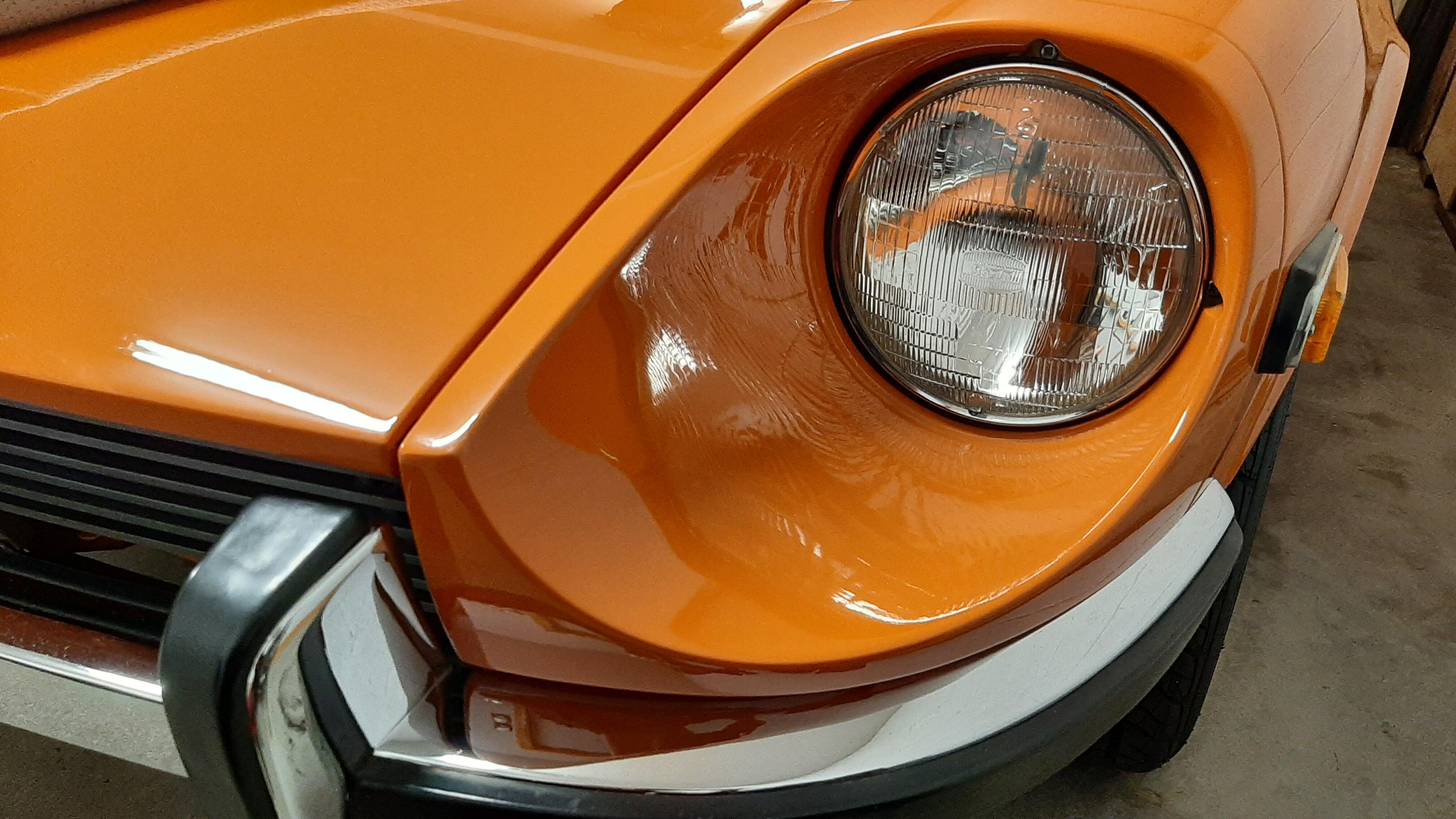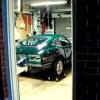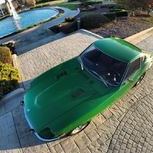Agree with Mark on this easy-to-do-and-reversible experiment.
That said, I continue to believe that the evidence points to the cause of the problem being heat conducted into the fuel in the delivery/return lines by way of the fuel rail assy's mounting straps (which, don't forget, connect to the cylinder head -- arguably the second-hottest piece of metal under the hood). The problem certainly doesn't seem to be convectional heat transfer caused by hot underhood air temps. If that were the case, the factory 'fix' of adding insulation along the steel lines should have cured the issue (and it apparently didn't). I don't think that the success of Jeff's strategy of replacing the OE steel with rubber hose comes from the better insulation qualities of the rubber walls against convectional heat transfer from the air. Instead, I think it succeeded because either the rubber hose or Jeff's hose mounting scheme -- or a combination of the two factors -- provided a better barrier against heat being conducted from hot engine parts into the fuel in the lines.
BTW, I find it interesting the the E-Type Jag's (fitted with triple SU's and probably generating equally-high underhood temps) didn't seem to suffer from fuel starvation problems -- even though they were notorious for high coolant temps and overheating. Anybody know how the E-Jag's fuel lines are mounted?
So, JAlex: In the absence of a bulletproof technical diagnosis (we still don't have one, after 8 pages of input), you're just going to have to experiment in a methodical way until you/we find either the cause or a solution (preferably both). Try Mark's suggestion and see what happens. Then report back to us here with your findings. Until you do that, you're just going to get more conjecture (mine included) about possible causes and possible cures.
Note that there is no over-the-counter 'kit' that you can buy to follow Mark's suggestion, so don't ask us for parts numbers or suppliers' names. Here's what I would do. Buy a couple of lengths of automotive-spec fuel line (1/4" for the supply hose, 3/16" for the return hose -- buy 'traditional' low-pressure rather than 'EFI' high-pressure hose). Also buy a length of 1/2"-width steel 'strapping' (plumbing supply shop -- comes in a roll). Use the existing steel fuel lines to provide mounting points for the new hoses. Use automotive hose clamps (screw-type) to mount the hoses to the steel lines. You'll need T-fittings to split the delivery hose into two paths (one for the front, one for the rear carb). Same goes for the return hose. Be tidy with the hose mountings and routings. Keep the hoses away from moving parts (like the fan and the throttle linkage) and off of hot parts (like the exhaust manifold). Be sure that the clamps at the fuel pump, carburetor, and 'T' connections are tight. Be sure that the new hoses won't snag the throttle linkage.
Once you've got your new 'experimental' fuel hose set-up in place, post a few pictures here so the members can warn you if you've done anything wrong. If you get the 'all clear', the next step will be starting the engine and doing final checks before you try it out on the road.
IMPORTANT: If you are in any way concerned about your ability to do this type of work safely and successfully on your own, do not attempt it. Instead, get a licensed mechanic to do it for you.









